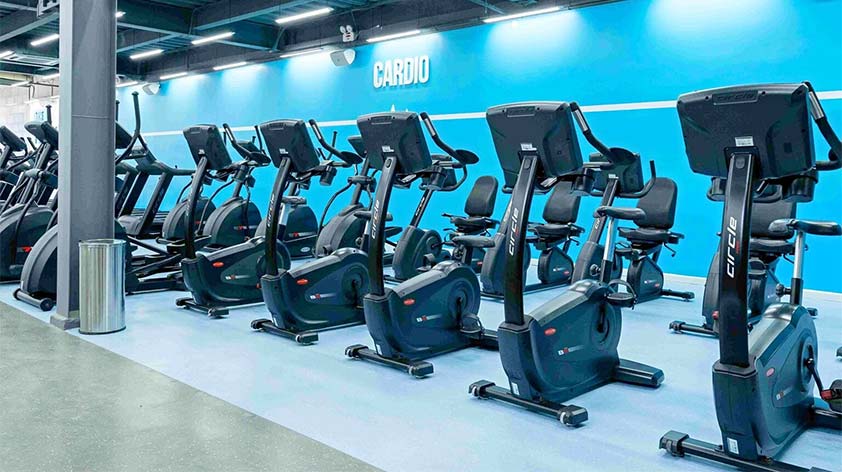
Going to the gym can be intimidating, especially as a new member or a beginner level athlete. With all the different equipment, machines, and people around, it can be hard to know where to start or how to progress. That’s where training zones come in.
Not only do they provide a clear structure for workouts, but they also make it easier for gym-goers to achieve their fitness goals. Learn more about these types of training sectors and discover why they matter to your gym business in Why Having Training Zones in Your Gym Matters (NB: We felt the below videos below were just too interesting to omit!)
1. What Are Training Zones?
Training zones are specific areas or sections of a gym that are dedicated to a certain purpose or type of exercise.
A cardio area might have treadmills, ellipticals, and stationary bikes, while a weightlifting area might have free weights and weight machines. Zones can be distinguished by equipment, intensity level, or function.
One of the most popular ways to categorize zones is by heart rate, in which each area is designed to get your heart rate going at different levels. Training sectors like these provide an organized environment where members can work out and ensure that each person can easily find a space that caters to their fitness goals.
2. What Are the Benefits of Training Zones?
Training zones offer many benefits for both you and your clients. Allocated workout spaces provide a clear and organized structure to your gym—they are one of the many key considerations to make when designing a successful fitness facility.
Instead of wandering around aimlessly, trying to figure out what to do next, your members can use the various areas to set and target specific fitness goals, maximizing their time at the gym.
Training areas like these also create a sense of community within the gym. When your clients see others using the same equipment or working toward similar goals, they might feel more motivated to push themselves or ask for advice.
Training sections can also help gyms enhance member safety and management by reducing injuries—especially if the zones are sorted by intensity or skill level—ensuring your clients use the appropriate equipment.
3. How To Use These Training Areas Effectively
As a gym owner, you can use zones effectively in many ways. The key is to find the best organization system for your facilities and clientele. If your clients want to target specific workouts, create specific workout zones for different exercise forms and focus.
Break your gym up into cardio, flexibility, and strength areas. Or, create an area catered to optimal chest-building exercises with equipment like benches, dumbbells, and cable machines and form other workout stations dedicated to core, legs, and arms.
If your gym is more about growth, distinguish zones by varying intensity levels. If you want to give your clients more flexibility and autonomy over their training, simply categorize zones by equipment type. You can use training zones in many ways.
Training sectors matter because they are an essential part of any gym, providing structure, organization, and motivation. Implementing different training zones in your gym reshapes your members’ experiences and their fitness journey.
With the right approach, training zones can be a powerful tool in running a successful fitness center.









